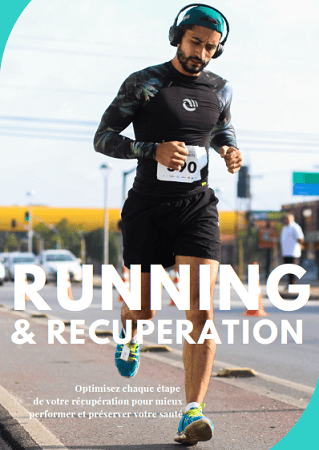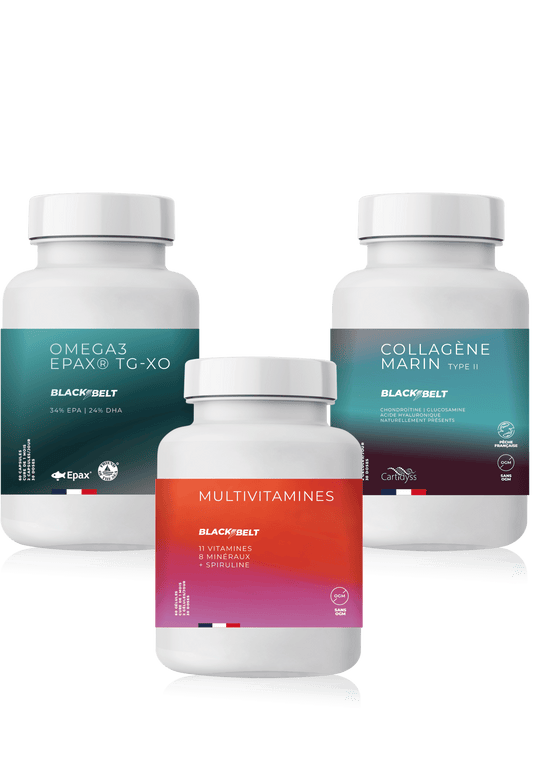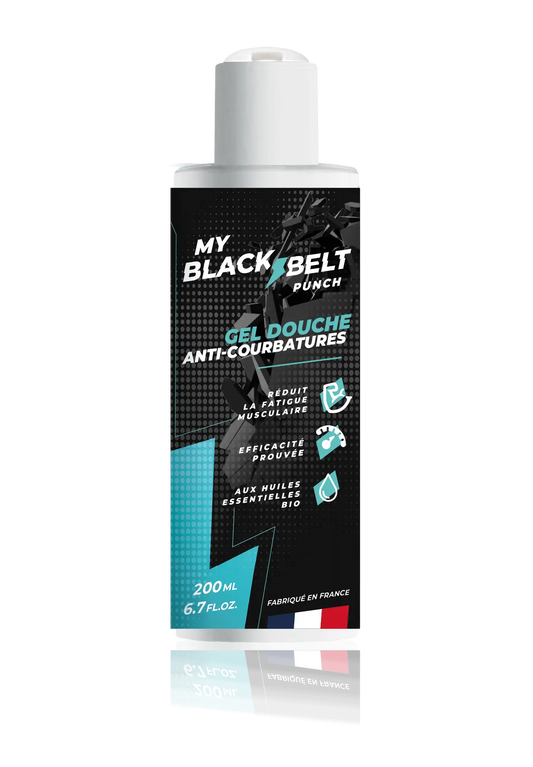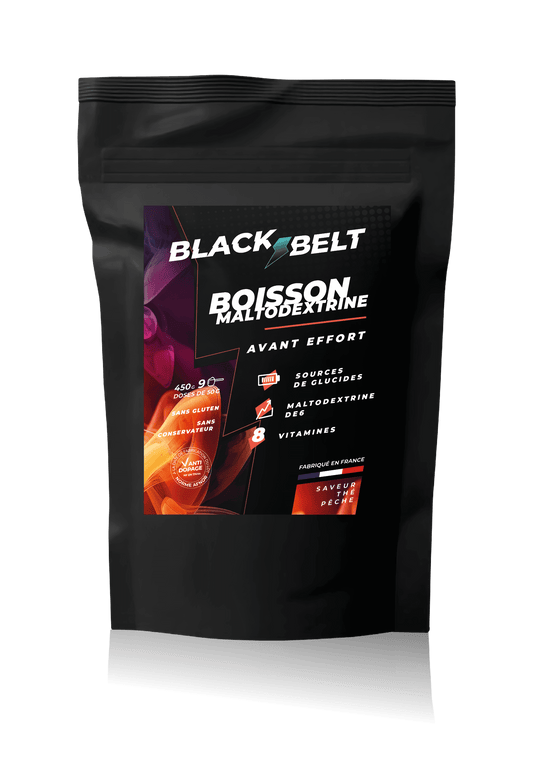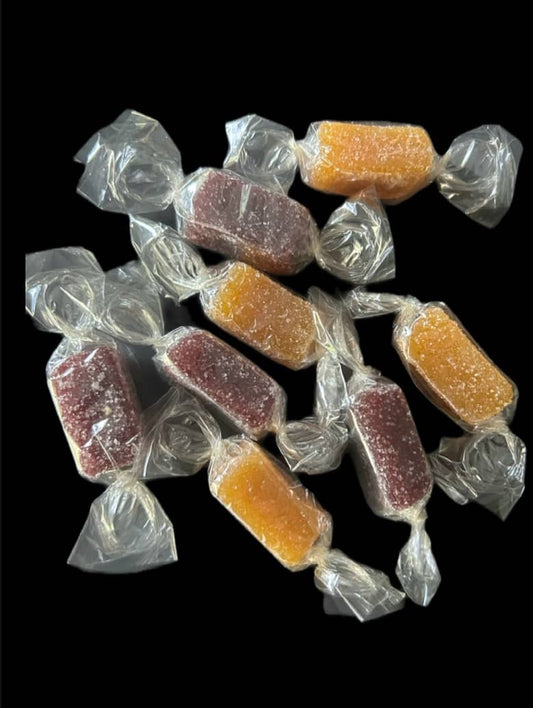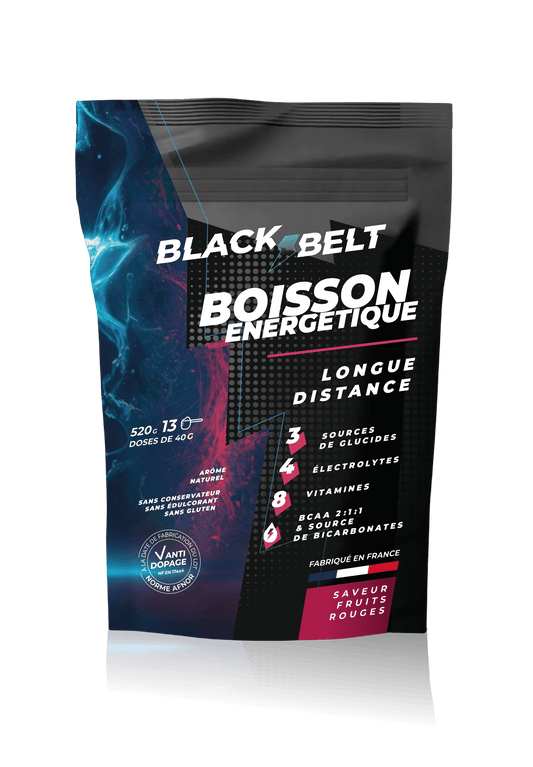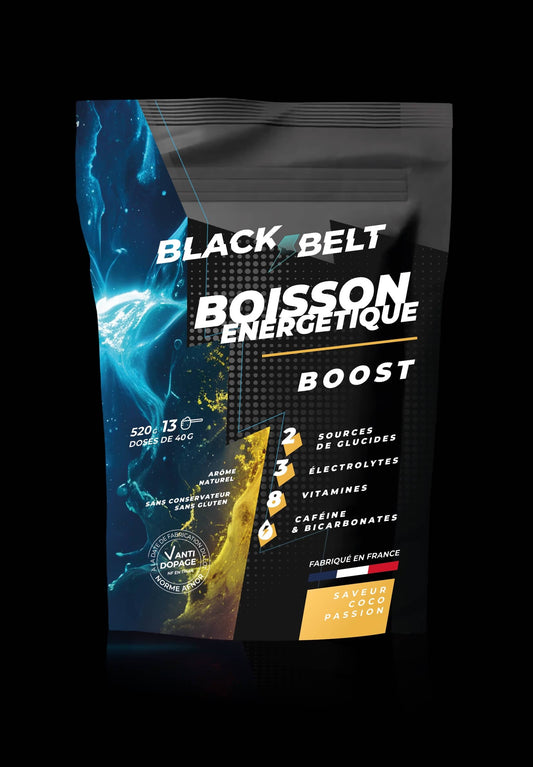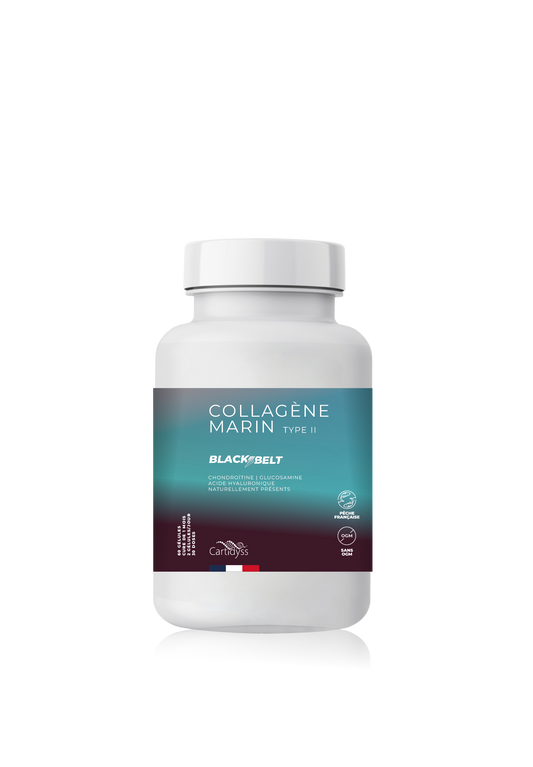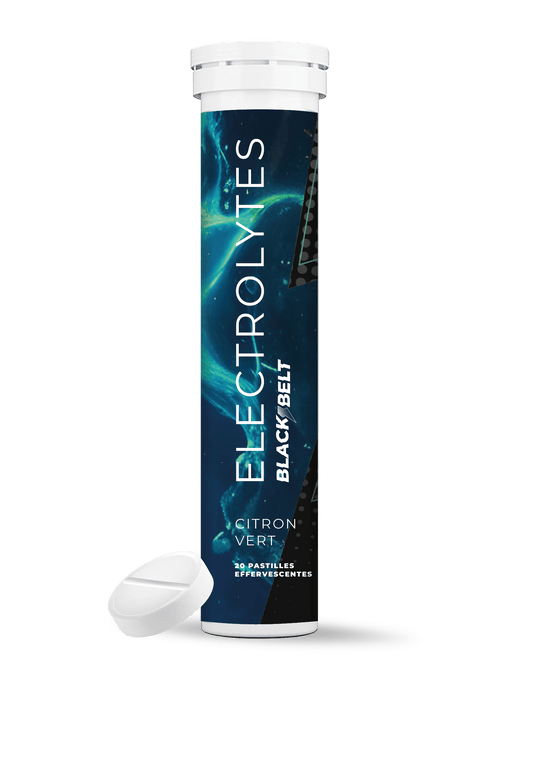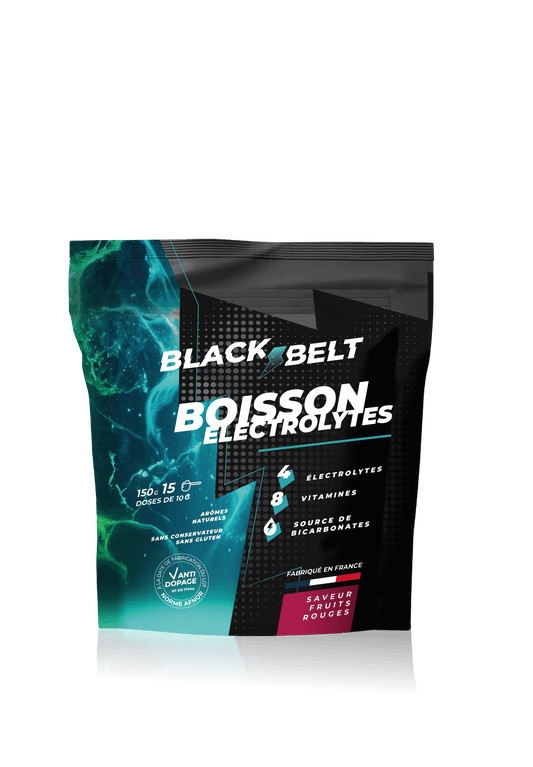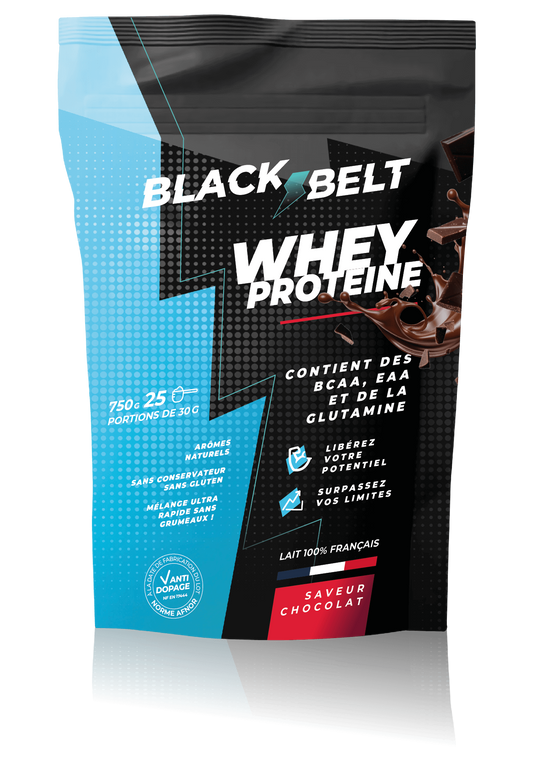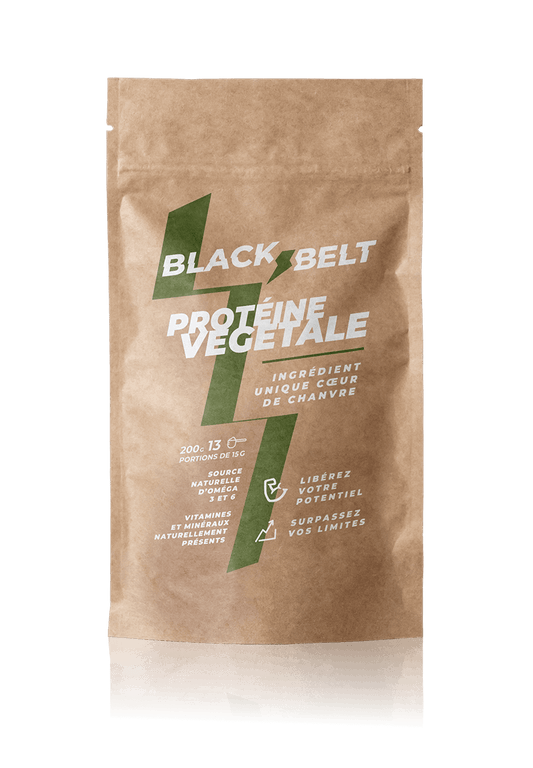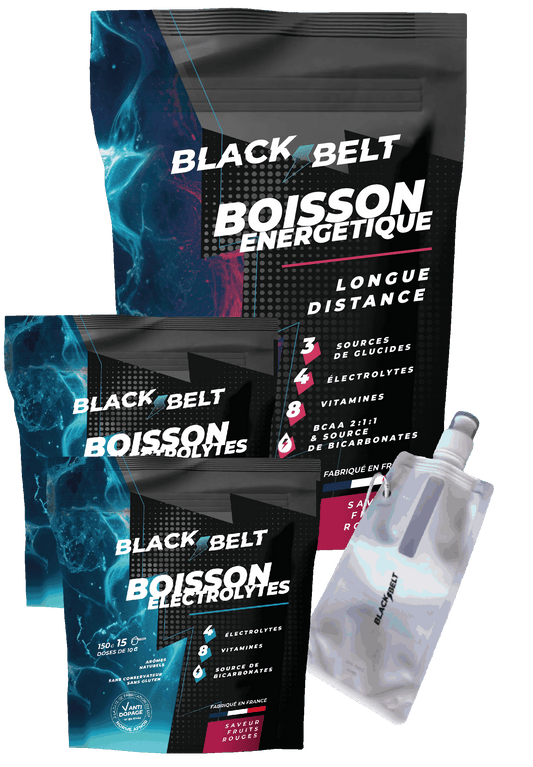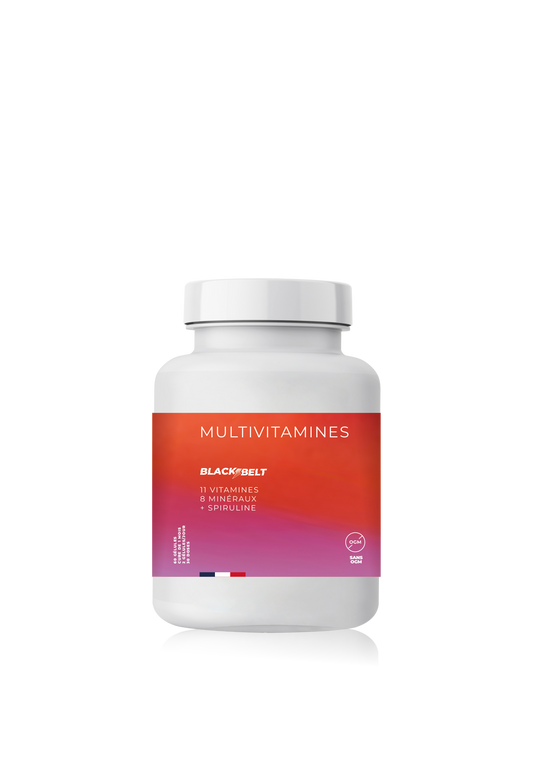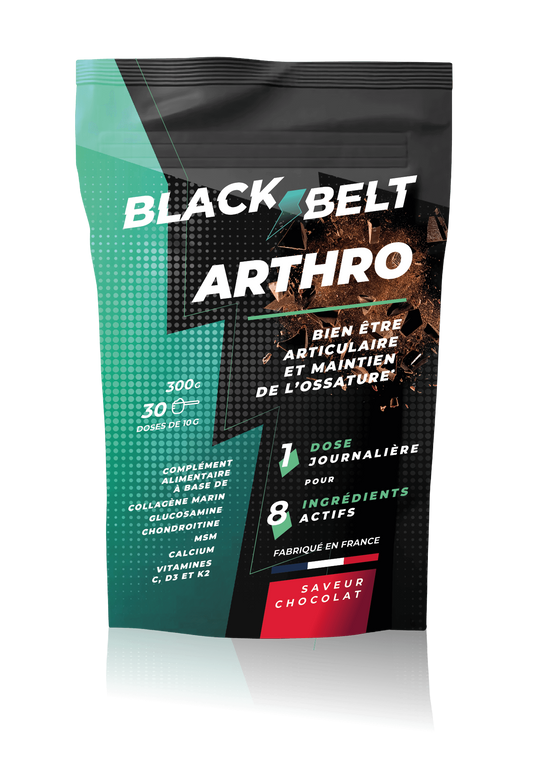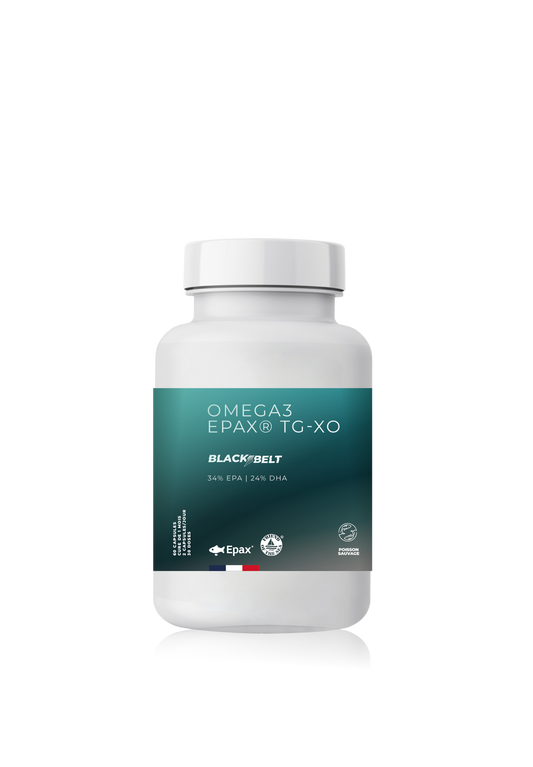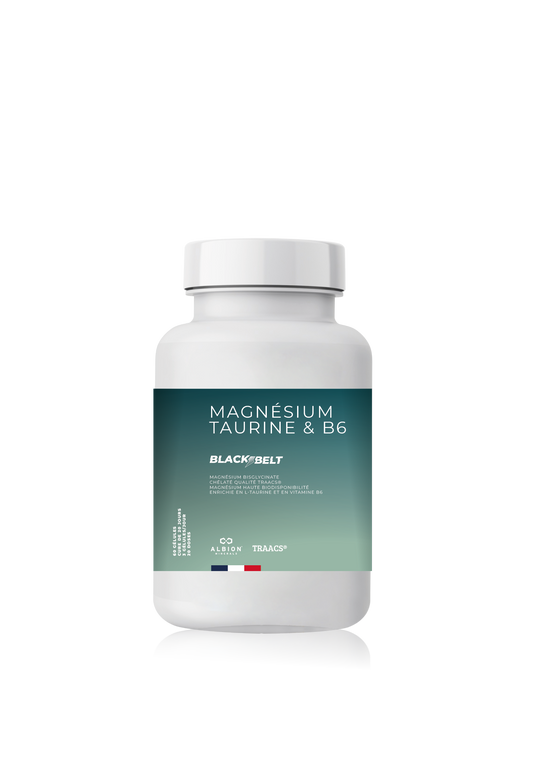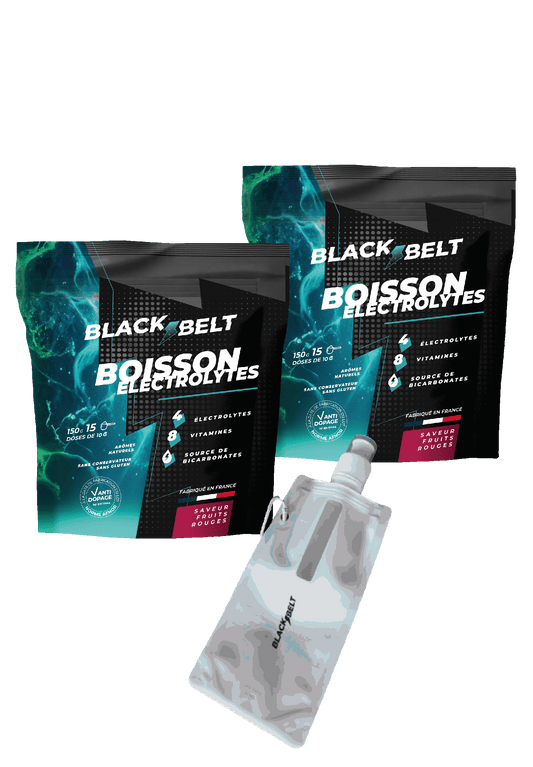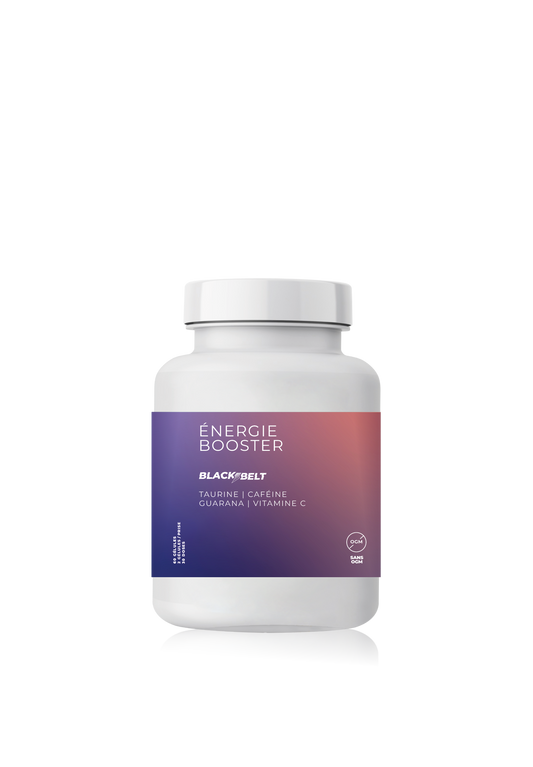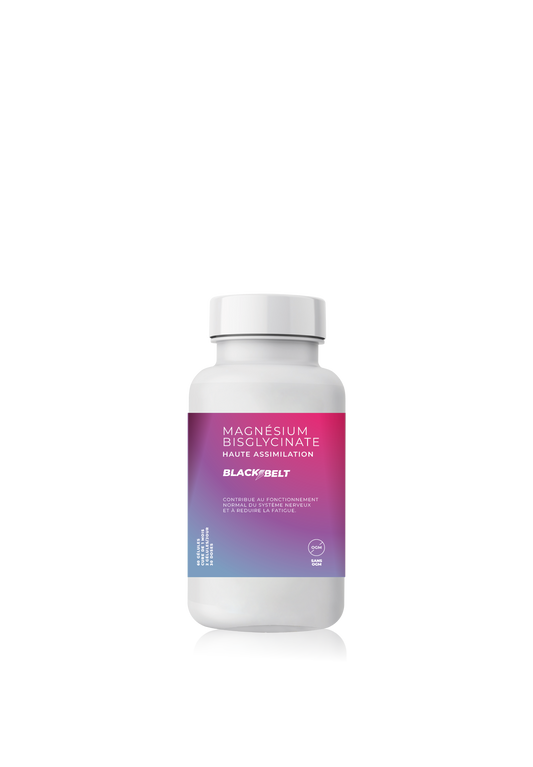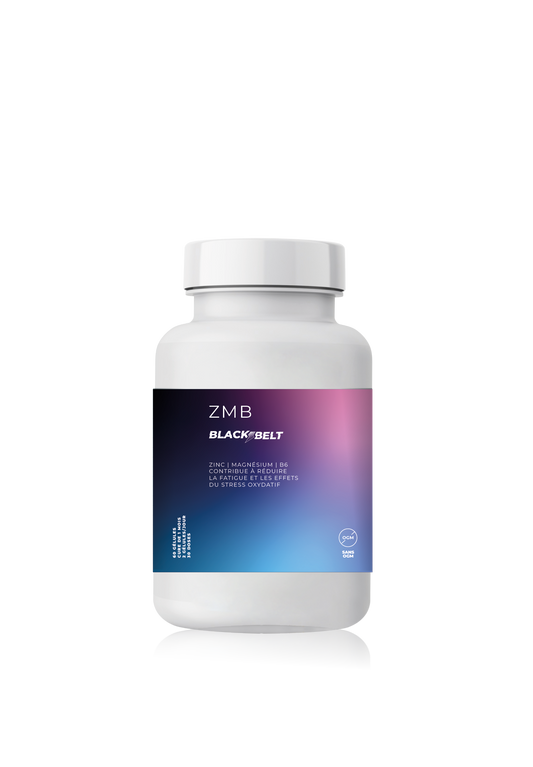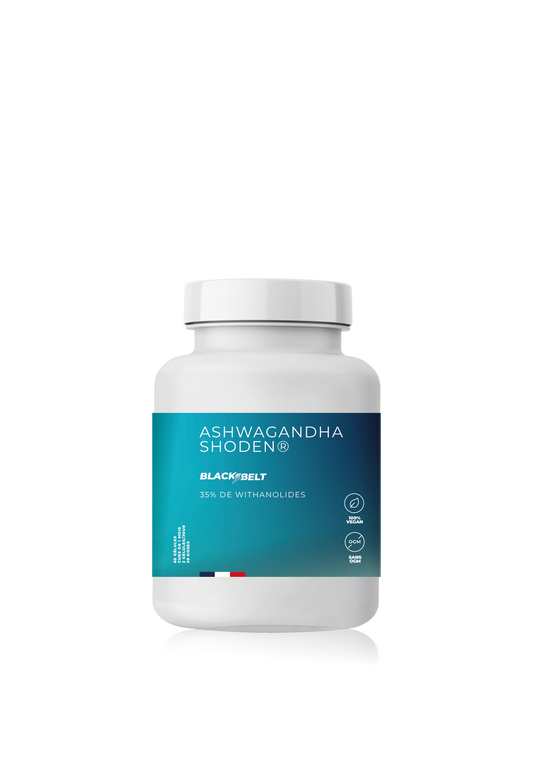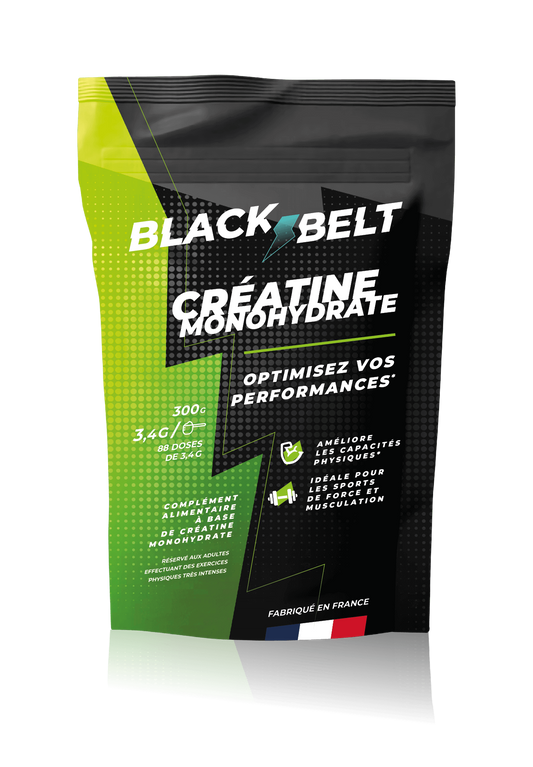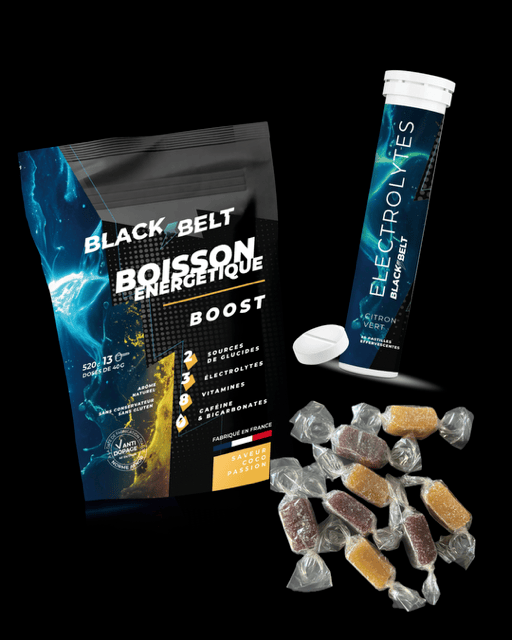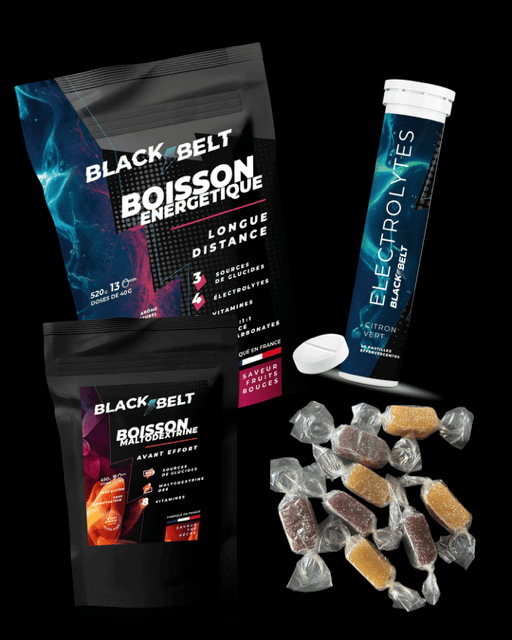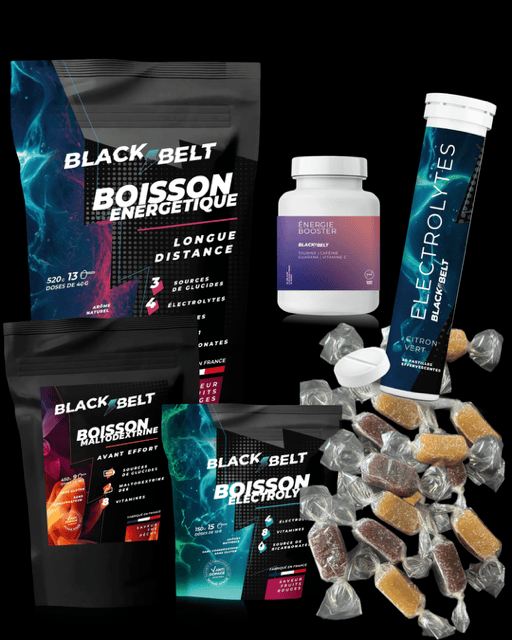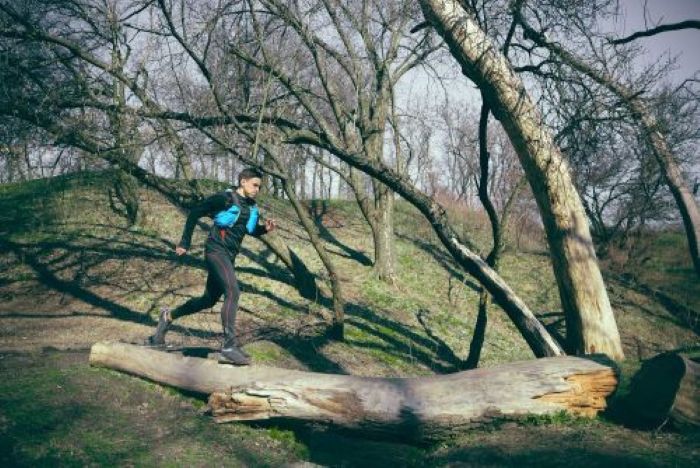
Share
Ultra-trail nutrition strategy: which electrolytes and in what quantities?
So you're ready to tackle an ultra-trail and you're probably wondering, "How many electrolytes do I need to avoid ending up as human spaghetti?" In this article, we'll explore the ideal ultra-trail nutrition strategy, focusing on essential electrolytes and their dosage—with a touch of humor to sweeten the deal!
You might also like to read our article on how to measure electrolytes in trail and ultra trail running to avoid cramps
Why are electrolytes essential for an ultra-trail?
During an ultra-trail, your muscles work tirelessly and your body loses a considerable amount of fluids and electrolytes through sweat. These electrolytes—primarily sodium, potassium, magnesium, and calcium—play a key role in muscle contraction, fluid balance, and nerve transmission. Without them, your body risks betraying you with painful cramps and premature fatigue. Simply put, getting the right electrolytes means avoiding turning your body into a virtual contortionist! You therefore need an optimal ultra-trail nutrition strategy.

Which electrolytes should you prioritize for ultra-trail running?
1. Sodium: the undisputed leader
Sodium is lost most through sweating. A good nutritional strategy should include about 300 to 600 mg of sodium per hour , or even more in extreme weather. Consider adding it in the form of tablets, special drinks, or even sprinkling a little salt on your food during refreshment stops.
2. Potassium: the muscle's accomplice
Potassium helps prevent cramps and promotes muscle function. The general recommendation is between 200 and 400 mg per hour, depending on your sweat rate and the duration of your workout. A smoothie or banana during your workout can work wonders, or simply using our runner's drinks will give you the best ultra-trail nutrition strategy.
3. Magnesium and calcium: essential support
These two minerals contribute to muscle contraction and relaxation. While their dosage is less critical, it's best to aim for around 50 to 100 mg of magnesium and 50 to 100 mg of calcium per hour. Some sports gels or drinks already include these minerals to make your life easier.
It is important to rely on the most effective electrolyte drink possible, such as that of Blackbelt, to compensate for your electrolyte losses when running or, more broadly, in endurance sports.

How to adjust quantities according to your needs?
Assess your sweat rate
Before planning your fueling, it's important to measure or estimate your sweat rate. This can be done during a long training session: weigh yourself before and after the session to determine the amount of fluid lost. The more you sweat, the higher your electrolyte needs will be. It's by observing yourself carefully that you can develop the best ultra-trail nutrition strategy.
Adapt according to conditions and duration
Weather conditions play a crucial role: in hot and humid weather, losses are greater and your intake will increase. Similarly, for races lasting several hours, don't hesitate to plan regular refueling to maintain electrolyte balance. So adapt your ultra-trail nutrition strategy to the conditions.
Test and adjust during training
As with any nutritional strategy, experimentation is key. Try different formulas during your workouts to find the combination that works best for you. After all, every ultra-trailer is unique—there's no one-size-fits-all solution, only tweaks that will keep you from looking like a shriveled pancake by mile 120!
Practical tips for incorporating electrolytes into your strategy
Prepare your supplies
Plan for easy-to-consume portions during the race: individual sachets for ready-to-drink drinks. Remember to organize your refreshment stops according to your race plan, so you don't forget that little extra that will make all the difference.
Our runner's toolbox will help you plan your refreshments and estimate your hydration needs.
Humor, an ally of the mind
Keep smiling, even when your calves start to protest! A kind word or a funny anecdote about your workouts can help defuse the situation and remind you that even the most hardcore ultra-trailers sometimes need to relax (and readjust their electrolyte intake).
Consult a professional
Finally, don't hesitate to consult a dietitian or a sports coach to personalize your needs. They can help you fine-tune the quantities based on your profile and your goals, so you can run with peace of mind (and in style).

Conclusion
Successful ultra-trail running requires more than just good shoes and a strong mindset: a well-thought-out nutrition strategy and adequate electrolyte levels are essential to avoid cramps and maintain performance all the way to the finish line when it comes to ultra-trail running. Adjust your sodium, potassium, magnesium, and calcium intake to your individual needs, experiment with your formulas during training, and, above all, keep smiling—your muscles will thank you!
So, are you ready to implement an ultra-trail nutrition strategy that will allow you to conquer the trails without turning into spaghetti? Grab your bags, and above all, run like there's no tomorrow (but without cramps, of course)!
Also check out our tools:

